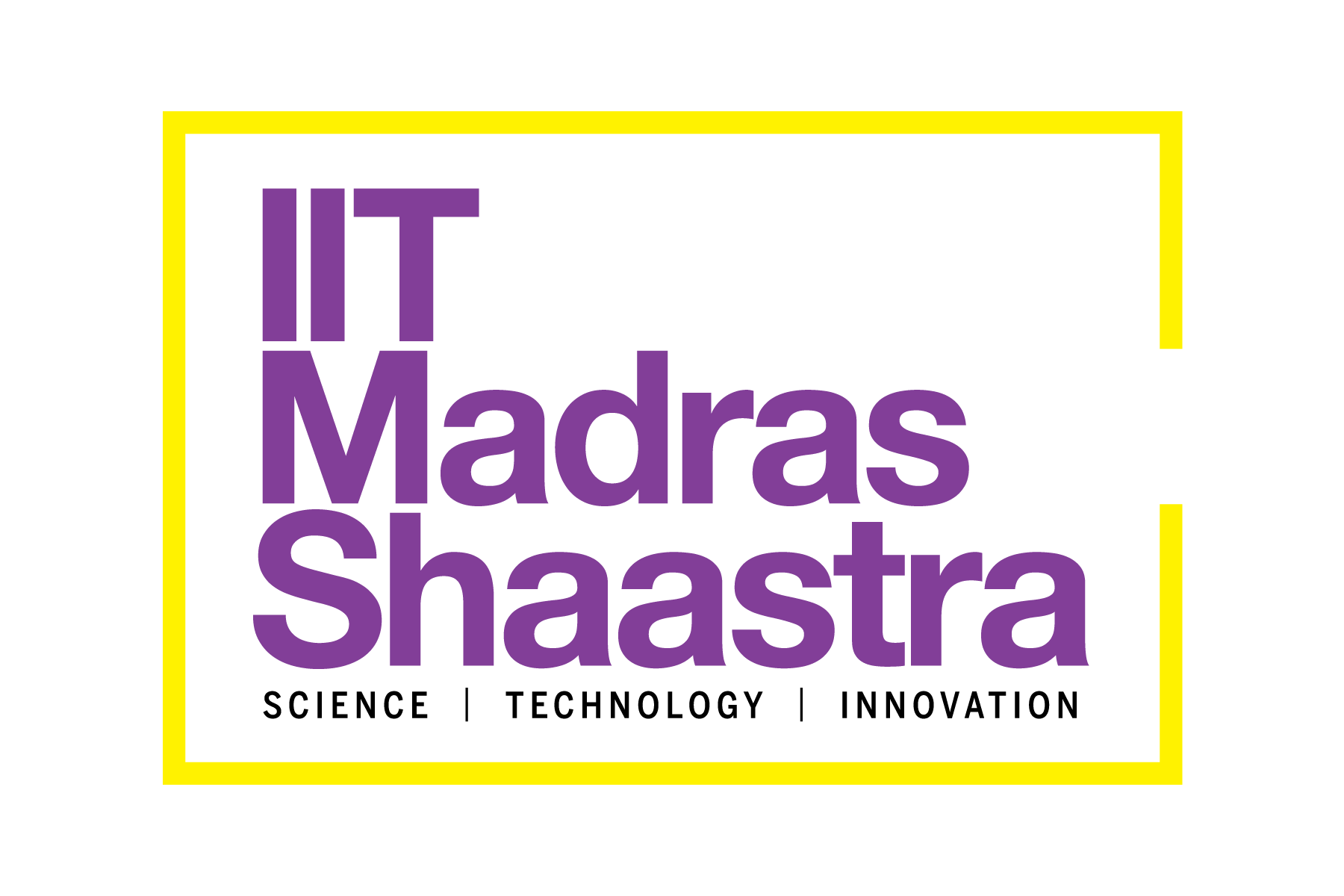Ply through the nose
-
- from Shaastra :: vol 04 issue 06 :: Jul 2025

Breaching the brain's barrier: a nasal route for Alzheimer's drugs.
In a laboratory at Jamia Hamdard in Delhi three years ago, scientists packed two medicines into microscopic balls of fatty molecules and sprayed them into the noses of rats. The tiny globules ferried their cargo from the rats' nasal tracts into their brains, where concentrations of the two medicines — rivastigmine and nilotinib — reached 3.5-5 times the levels achieved with standard oral delivery.
The nanoglobules — tiny spheres crafted from lipids — may represent a potential leap forward in the fight against Alzheimer's disease (AD). Public health experts have estimated that the number of people with AD worldwide currently exceeds 50 million and is expected to double by 2050 as the world population ages.
Drug regulatory authorities have approved at least five molecules for the treatment of AD, but the disease remains a challenge because the existing drugs offer limited and temporary relief from the symptoms and do not stop or reverse the underlying neurodegenerative changes. A 2021 research review identified 291 drug candidates under lab or pre-clinical evaluation and 150 more being evaluated through clinical trials, reflecting the intensity of the search for improved therapies against AD (bit.ly/AD-Pipeline).
The Hamdard researchers turned to nanoglobules to overcome a key hurdle encountered by oral formulations of rivastigmine and nilotinib — the blood-brain barrier, a shield of tightly packed cells that protects the brain from harmful substances in the bloodstream. But this barrier also makes it difficult for many medicines to reach the brain.
The Hamdard researchers used nanoglobules to overcome a key hurdle encountered by oral formulations — the blood-brain barrier.
"We selected rivastigmine and nilotinib to design a multi-targeted strategy to address Alzheimer's complex disease mechanisms," says Javed Ali, Professor and Head of the Department of Pharmaceutics at the School of Pharmaceutical Education & Research at Hamdard, a deemed-to-be-university. "Such a combination seeks to both provide symptomatic relief and modify underlying disease mechanisms." Ali, who completed his PhD at Hamdard and a postdoctoral fellowship from Goethe University Frankfurt, is a veteran in designing and evaluating novel drug delivery systems.
In AD, abnormal clumps of proteins known as beta-amyloid and tau accumulate in the brain, disrupting signals between brain cells and triggering chronic inflammation. These processes lead to the loss of neurons and brain tissue, impairing memory, disrupting reasoning, and affecting daily functioning.
ROLE OF DRUGS
In early 2022, Ali read about a planned clinical trial set to begin in the U.S. to evaluate nilotinib — an anti-cancer drug — as a potential candidate for treating AD. Nilotinib, which targets the enzyme tyrosine kinase, was first approved to treat certain leukaemias. But it has also been shown to promote autophagy (a cellular clean-up process), reduce neuroinflammation, and accelerate clearance of toxic proteins that accumulate in the brain in AD. Rivastigmine, approved by the U.S. Food and Drug Administration for AD 25 years ago, blocks another enzyme and slows the breakdown of acetylcholine — a chemical messenger in the brain critical for memory, attention, and intellectual functions — and improves day-to-day symptoms, helping patients function better.
"The combination of rivastigmine and nilotinib is a smart cocktail," says Manjari Tripathi, Professor of Neurology at the All India Institute of Medical Sciences, New Delhi, who was not associated with the Hamdard study. "We expect this combination to work better than either of the drugs by itself because one works on symptoms, the other on some root mechanisms implicated in AD."
Ali and his colleagues procured commercially available lipids to develop the nanoglobules, less than 200 nm in size and tiny enough to pass through the blood-brain barrier. Their studies on rats showed that drug concentrations in the rats' brains were higher at all time-points compared to oral formulations over 24 hours. The researchers, who have filed a patent application for the lipid carriers made from a blend of solid lipid and oil-based matrix, published a study on the nasal delivery in June in the journal Discover Nano (bit.ly/Nasal-Delivery).
In follow-up experiments, the team tested the therapeutic potential of the nanoglobules loaded with the two medicines in rats given scopolamine, which disrupts brain signalling and causes memory and learning problems similar to those seen in people with AD. Rats that received these nanoglobules showed reduced brain inflammation, stronger neuronal networks, and improved behavioural responses, says a research paper that Hamdard scholar Saif Ahmad Khan presented at a scientific conference in Canada in July.
Whether this strategy will work in humans remains to be seen; for now, the nose appears to offer a promising route for AD drugs to breach the blood-brain barrier.
See also:
Have a
story idea?
Tell us.
Do you have a recent research paper or an idea for a science/technology-themed article that you'd like to tell us about?
GET IN TOUCH














